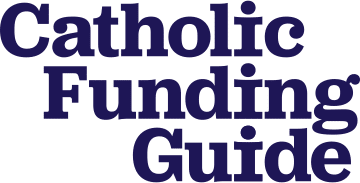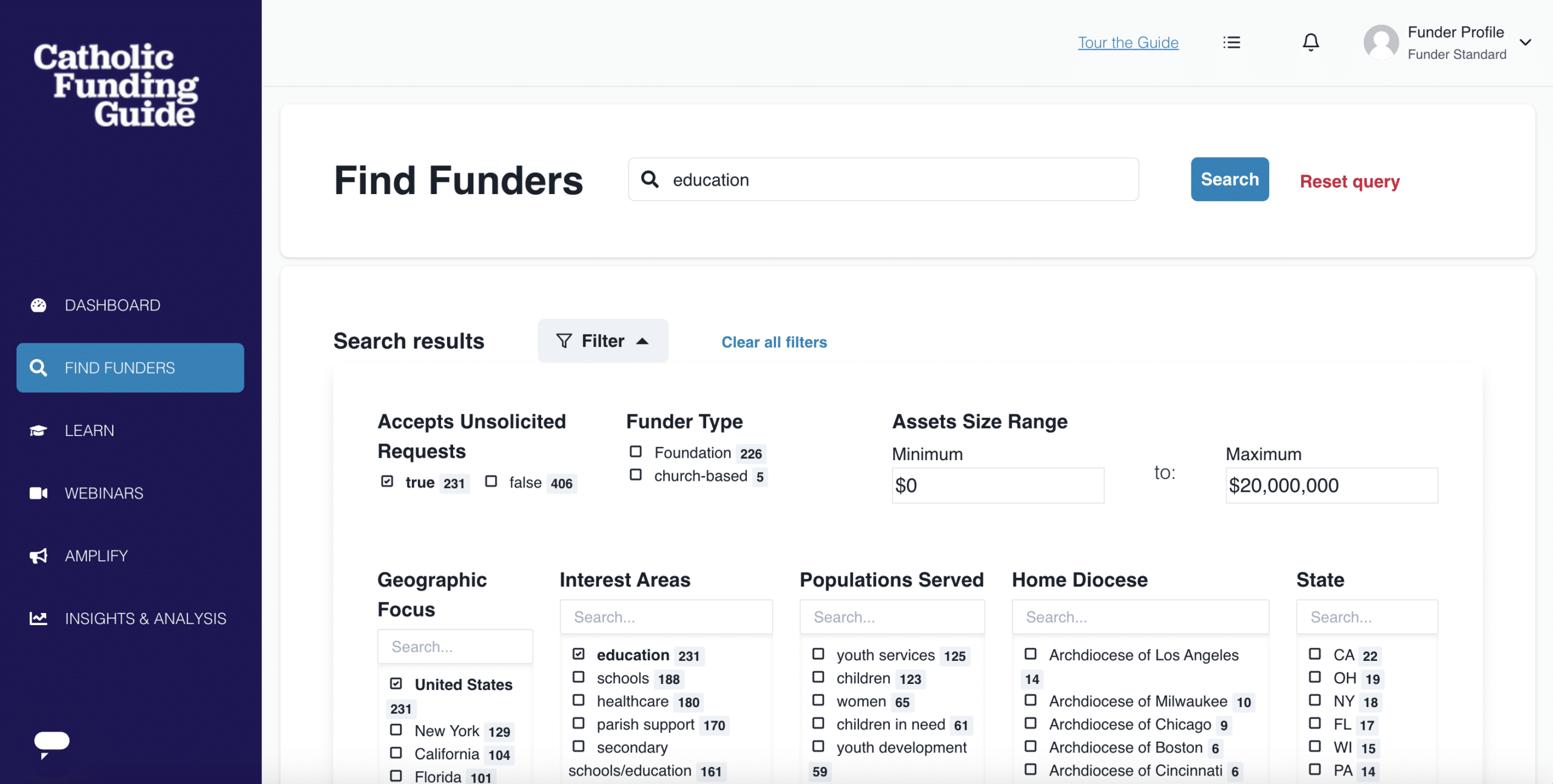Planned Giving: A Legacy of Faith
Planned giving is a major source of financial support for many Catholic nonprofits. At the same time, it is much more than that. When you invite donors to participate in planned giving, you are inviting them to continue participating in a shared mission of faith and good works, even after their passing. Allow these words from Henri Nouwen to enlighten your perspective:
“Fundraising is proclaiming what we believe in such a way that we offer other people an opportunity to participate with us in our vision and mission.”
Catholic donors and fundraising professionals recognize our calling to do good in this life and in the next. Creating a way for the Church to utilize the wealth we leave behind is a beautiful way to do that.
Types of Legacy Gifts for Your Catholic Nonprofit
There are many types of legacy gifts. Some of the most common include:
- Charitable Gift Annuities can be set up to benefit the donor in their lifetime and the organization after their passing.
- Donor Advised Funds can be distributed to a charity at the end of the donor’s life.
- Endowments can be set up during a donor’s life to benefit a charity in perpetuity.
- Life Insurance can benefit an organization, either by donating the policy or naming the charity as the beneficiary.
- Retirement Funds can also benefit charities during the life of the donor, and can also name the charity as the beneficiary.
- Real Estate & Assets can be left to charitable organizations. Be aware that the process of liquidating assets can be involved.
- Charitable Trusts can be set up to benefit their family as well as a charitable organization.
- Bequests can be left to organizations in a donor’s will.
Asking for a Legacy Gift: More Than a Conversation
Individual conversations with donors are certainly an important aspect of planned giving; however, there are two key elements to consider for strengthening the efficacy of your fundraising approach.
- Weave it through your overall strategy. Planned giving should go beyond one-on-one conversations with individual donors. It should be incorporated into your overall fundraising strategy, including emails, web pages, newsletters, and other communications from your organization. This way, planned giving becomes a part of your organization as much as other ways to give; this can also mitigate any surprise when the subject is brought up, as donors will already be familiar with the idea.
- Spread the word indirectly. In many cases an indirect approach leads to more receptivity than diving straight into the conversation without laying any groundwork. For example, thanking a recent legacy donor in your newsletter will introduce other donors to the idea and plant seeds in their hearts for consideration. This can be more effective than a cold ask.
An intentional approach to cultivating donor relationships goes a long way in building a successful planned giving program.
The Encounter: How to Talk to Donors About Planned Giving
Whether it’s a phone conversation, a lunch meeting, or a digital interaction like an email, it is so important to always approach the subject with respect and discretion, along with an understanding of the greater purpose.
- Avoid emphasizing death or speaking about it directly, unless the donor brings it up. Death can be an upsetting topic for many people. Calling attention to it, even in a discussion about planned giving, can inject unnecessary stress into the conversation, setting you up for a more difficult encounter. Follow the donor’s lead, but err on the side of discretion.
- Avoid negative-toned phrases such as “leave” a legacy. Instead, try highlighting the positive “life” and “giving” aspects of planned giving. For example, “create” or “build” a legacy is more uplifting since it emphasizes a positive aspect rather than the negative idea of leaving.
- Emphasize flexibility. Donors who decide to pursue legacy gifts are often very passionate about the causes they support. Not only that, but legacy gifts can be quite personal. Therefore, many donors would like some influence over how the funds are used. When you offer flexibility within your planned giving options—such as allowing donors to specify which programs to support—they will feel more at ease with the idea of including your organization in their planned giving.
- Remember that family will probably come first. Many legacy donors want to provide for their family members first and foremost. Acknowledging and respecting their desire, and understanding how to make an ask appropriately in light of their decision, can only strengthen your relationship.
- Highlight benefits to the donor. These may include:
- Creating a legacy
- Inspiring others to give
- Making an incredible, ongoing impact to ensure the parish, school, or nonprofit you care about will thrive for future generations
- Enjoy tax benefits from the wide variety of legacy gift options
- Join the organization’s legacy society, which provides recognition and community
- Using their wealth for the greater good, in line with Catholic values
Planned Giving Strategy Tips for Your Catholic Nonprofit
These tips can help you create the most effective strategy for legacy gift fundraising.
Target longtime donors. Those who have already demonstrated years of loyalty to your parish, school, or nonprofit are more likely to make a legacy gift. On that note, don’t limit your scope to the wealthiest donors; anyone can make a valuable planned gift.
Offer multiple giving options, one of which is a legacy gift; and then offer multiple options for the legacy gift. While you don’t want to overwhelm them, having multiple options allows people to find something more customized to their means and goals.
Share stories and say thank you. Thanking legacy donors and, with their permission, sharing their stories on your blog, website, newsletter, or other communications can inspire other donors to follow suit; not to mention that sharing their incredible generosity can be gratifying to them and their families.
Make it easy and simple for them to plan a legacy gift. One way to do that is by providing resources to help donors gain a deeper understanding of planned giving options. Another is to host free seminars, presentations, or webinars on aspects of planned giving.
Do you have attorneys, financial advisors, or accountants in your parish or organization? Ask them if they would be willing to volunteer a free advising session for those who want to make a legacy gift. Or find a community partner (such as a financial firm) that would work with you to educate interested donors.
For inspiration on how you might provide learning tools:
The Catholic Community Foundation’s Give Later and Family Legacy Plan pages include helpful information, graphics, short stories, and examples of how to give.
The Catholic Foundation for the Diocese of Greensburg features an interactive segment allowing donors to hover over the images labeled “Giving Amount, Age, Assets,” then click the category that applies to them to reveal a list of potential giving options.
Are you ready to incorporate planned giving into your fundraising strategy? Read our best tips for creating a successful fundraising plan for the year.



